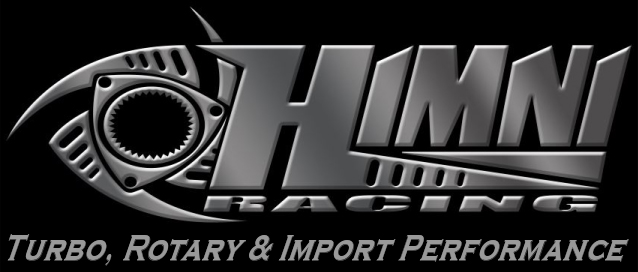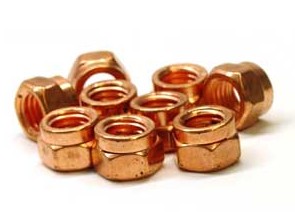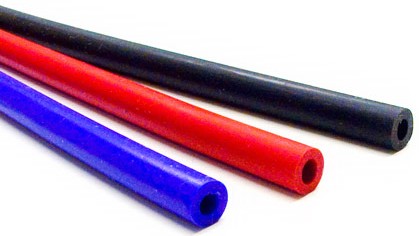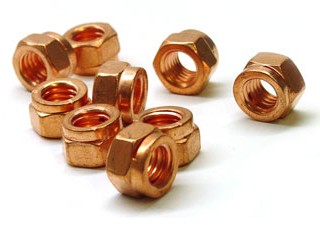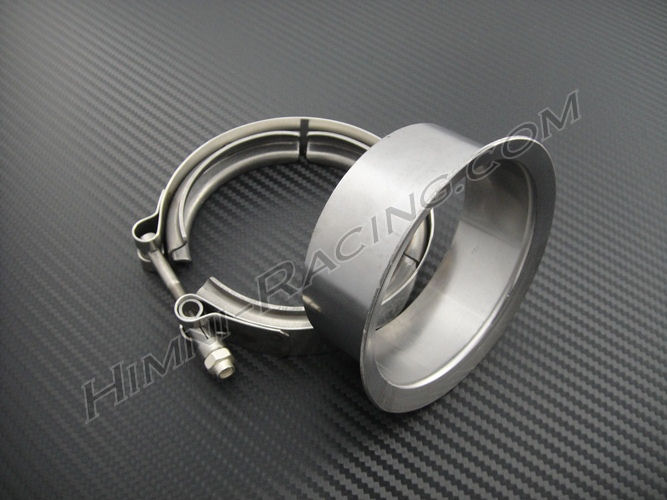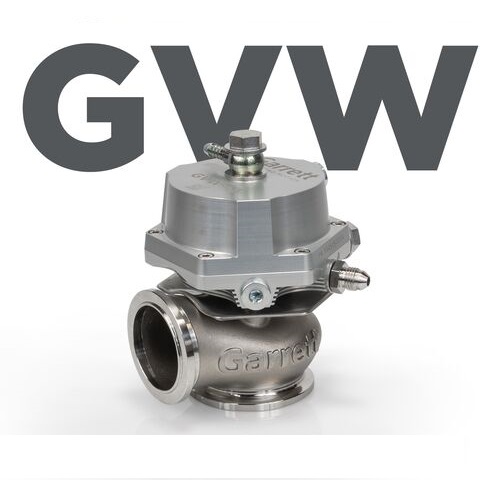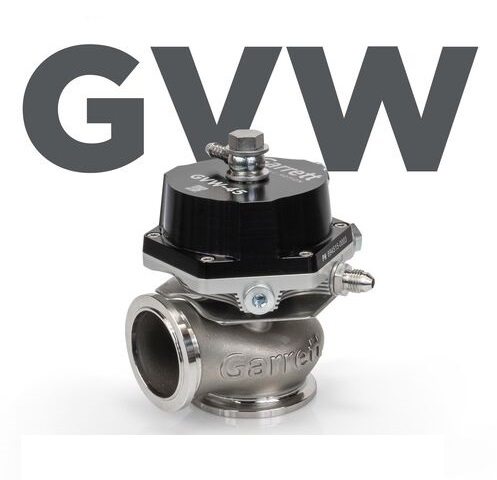How To / News / Tech. Info
What Does the 'R' refer to when seen in the name of a GT Turbocharger?
The 'R' in the name stands for "Roller". This indicates that the GT turbo is Dual Ball Bearing.
Garrett GT Turbos Vs. T Turbos
There has been a shift in traditional T-turbochargers to a more much advanced & modern Garrett GT technology Turbochargers. Older 'T' turbochargers served as a workhouse for the OEM & aftermarket for many years, but now Garrett's GT has revolutionize turbocharger performance from the ground up and enabled the reduction of turbo lag to virtually undetectable levels. Also heard & known as " Turbo Efficiency / Supercharger Response" In short, the Garrett GT Turbos are putting the term 'Turbo Lag' to rest! Why wait for your turbo to spool, when you don't have to anymore?
In the 90's Garrett engineers R&D'ed a radically new efficient turbocharger, giving it the name 'New Garrett Technology'. (aka the 'NGT' turbo) Over time, they shortened the term to 'GT' and is now used to describe the aerodynamically advanced Garrett GT turbochargers.
So what makes the Garrett GT turbos so much better then T? Here's just a few reasons why:
-- The old T turbos typically contained 54 components. If you compare this with the Garrett GT turbos, it has Greatly reduced the number of components by more than 45% to a average of 29!....That's huge! Reducing the number of individual parts diminishes the opportunity for failure, thus resulting in smoother motion & increased rigidity. Meaning, GT is stronger & spools MuCh quicker then T.
Journal / Thrust Bearing GT Turbos- The bearing system in the Journal Bearing series GT turbocharger allows for improved shaft stability and less drag throughout the speed range. In fact, the GT shaft motion has decreased by 20%, which greatly improves the durability of the bearing system. If you compare a GT turbo to a T turbo, both capable of the same HP/size, the GT turbo will spool faster, while making the same or more HP. In fact, a GT journal bearing turbo can spool faster then a ball bearing T turbo. All this, and it's stronger!
GT Aerodynamics- The wheels used on the GT turbochargers increase the efficiency of the turbocharger system. Increased efficiency allows improved engine performance in each application.
Wheel Trims- The GT Turbo has several more wheel trims than the T turbos, enabling a more accurate match of turbocharger to engine, that will in turn, result in optimum performance. No need to settle for a turbo that's 'close enough' to what your engine needs.
Advancement- With the technology of today's Hi-Tech engines that are capable of producing much more HP per cubic inch, the use a T turbos only diminishes the engines performance. Advanced engines should use the advanced GT Turbochargers to obtain max performance.
What does the wastegate's spring pressure mean & how do you pick the right one?
The spring pressure represents your base-line boost pressure. If using the wastegate WITHOUT a boost controller, the spring pressure in the wastegate is the amount of boost you will make. (i.e. 6 psi spring in the gate, your car will make 6 psi of boost) If using the wastegate WITH a boost controller, the pressure can be increased above the wastegate's spring pressure, but NOT below it. (i.e. 6 psi spring in the gate, the boost contoller can not decrees boost below 6 psi, only increase above it) When using a boost controller, the lower the spring pressure used in the wastegate, the larger range of adjustably you have. If using the wastegate without a boost contoller, pick a spring that's closest to the amount of boost you want to run.
Rotary Engine Rotor Comparison Chart.
Note::: Weight is without bearings & seals. Always use a pair of matching letter rotors to avoid balancing issues.
Engine [Year & Type] [Compression] [Weight : LBS]
12A _________ 76-82 FB RX-7 __________ 9.4 : 1___________ 10.15
12A _________ 83-85 FB RX-7 ____________ 9.4 : 1___________ 9.60
13B _________ 74-78 FB RX-7 ____________ 9.2 : 1___________ 11.58
13B _________ 84-85 FB RX-7 ____________ 9.4 : 1__________ 11.58
13B (Non-turbo)_ 86-88 FC3S RX-7 ______ 9.4 : 1__________ 10.04
13BT (Turbo II)______ 86-88 FC3S RX-7 ______ 8.5 : 1__________ 10.04
13B (Non-turbo)______89-92 FC3S RX-7 ______ 9.7 : 1___________ 9.54
13BT (Turbo II) _______ 89-92 FC3S RX-7 ________ 9.0 : 1____________9.54
13B-REW (Twin-Turbo)__ 93-95 FD3S RX-7 _____ 9.0 : 1___________ 9.54
13B Renesis ___ 04-ON RX-8 _____________ 10.0 : 1___________ 9.30
Much more Coming Soon!
